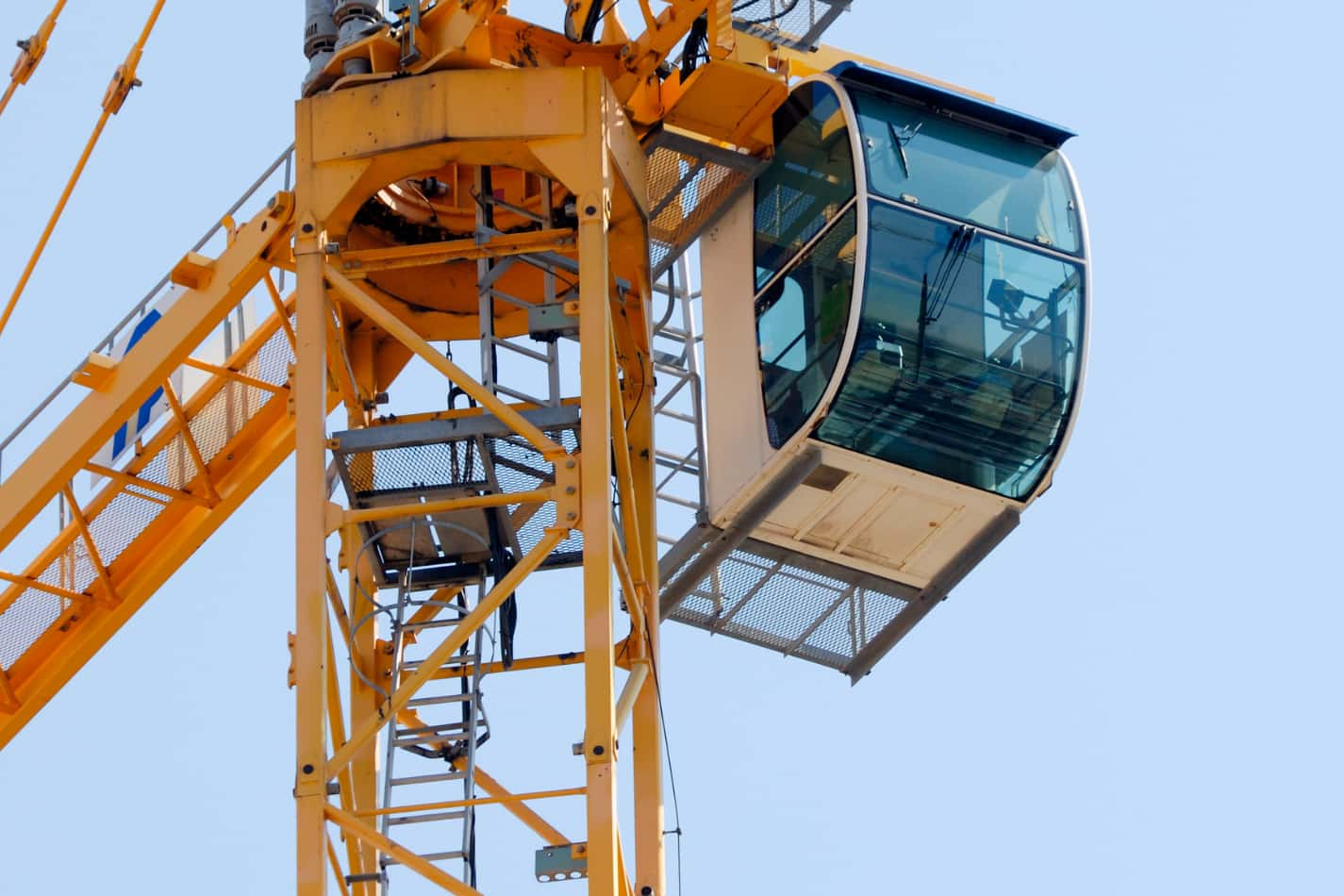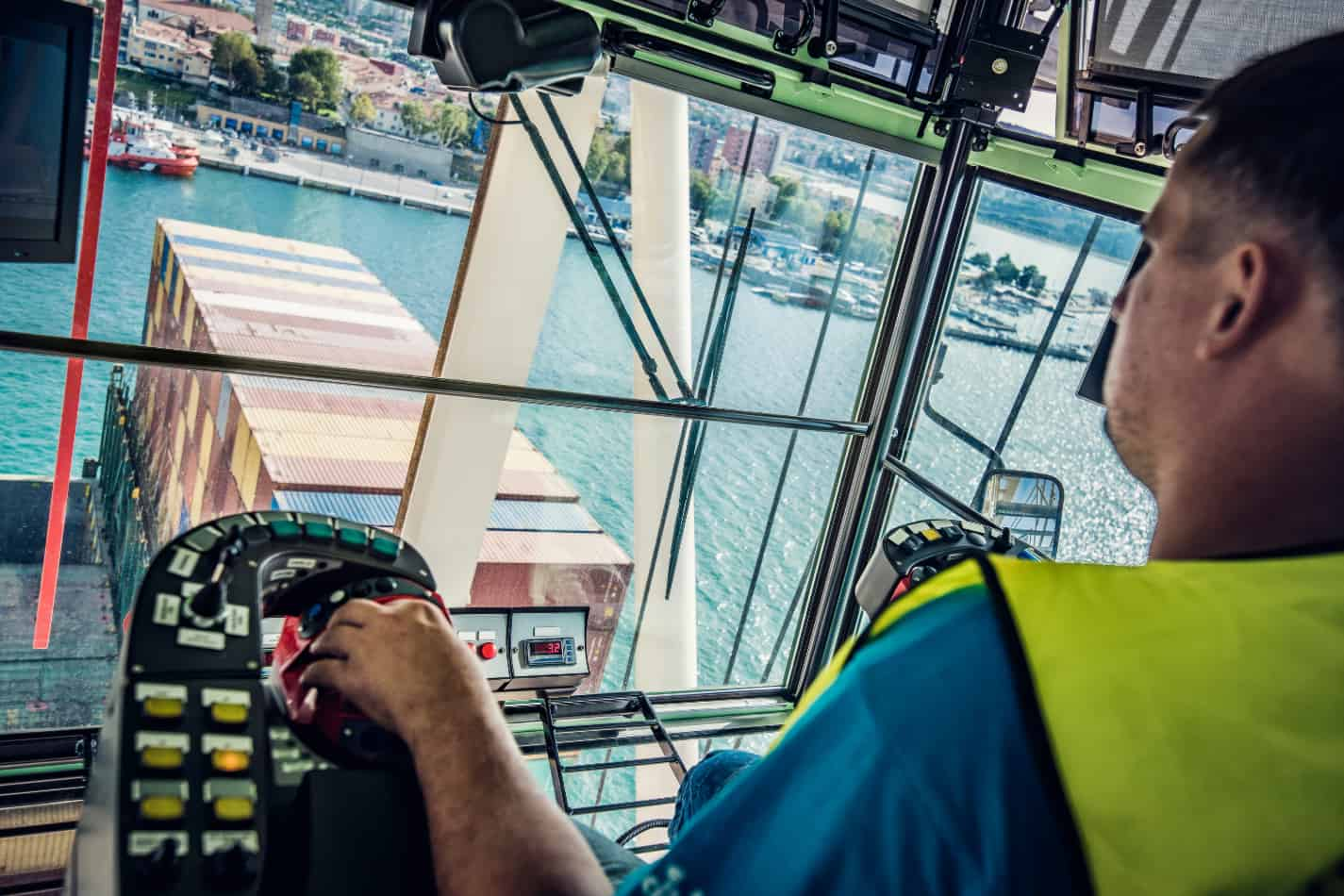Crane operators often work ten to twelve hours daily and can lift 200 to 300 loads.
In the past, these operators had to use a bottle to use the bathroom, but now toilets have been installed for their convenience.
Read on to learn more about crane operators’ restroom habits.
Portable toilets
Crane operators are often required to carry food and drink on their nine-hour shifts. A portable restroom allows them to take a bathroom break without causing a delay in their work.
This type of toilet is designed to be easily installed on a plastic skid unit and can be moved to any location.
Investing in portable restrooms is a great way to keep employees happy and reduce wasted time and resources.
Investing in employees’ comfort and health can help you retain and hire new employees more easily. Portable toilets can be easily placed at the site and serviced regularly.
CALLAHEAD is the first company to offer a line of portable restrooms with options designed for women. This enables women on construction sites to feel appreciated and comfortable while working.
These portable toilets are also equipped with a special BLUE AND WHITE construction flush that provides a sanitary environment for all employees.
CALLAHEAD is a trusted name in the construction industry, and their portable toilets are guaranteed to be of the highest quality.
Peebol
Crane operators work long hours and can be on the job for ten or more hours every day. They may pick up between 200 and 300 loads a day.
Fortunately, crane operators have a restroom in their workspace that doubles as a portable restroom. They can quickly use the facility without causing delays in the rest of their work.
While the crane operator uses two-way radios to communicate with his or her team, he or she also spends much of the day alone in their cabin.
They take two breaks per day and pee in a 20-litre drum. Despite the long days and hours, crane operators often joke that they must wear adult diapers.
While on the job, they enjoy a great view of the city and have even spotted hot air balloons.
Is There a Bathroom in the Crane Cab?
When it comes to the question of how crane operators access their cab, one might wonder if there is a bathroom available. Although it largely depends on the regulations and conditions at each construction site, some modern cranes are equipped with bathroom facilities in the cab to ensure the operator’s comfort and convenience during long work hours.
Female crane operator
While crane operators may be in high demand, their jobs are not always seasonal. While many operate cranes from outside, most work inside the cab.
This means they can’t move around much while they’re on the job. They also have to bring an empty bottle for the bathroom. They must also be mindful of potential safety hazards, including the fact that the workplace is often noisy.
In order to stay hydrated and energized, a crane operator needs a bathroom that is easily accessible.
A portable toilet with a drain inside allows a crane operator to take a bathroom break without disrupting her work.
Despite these challenges, crane operators are happy to have such convenience.
Laws on working hours
In the United States, several laws regulate crane operators’ work hours. These laws enact a maximum number of hours per day and mandate a minimum number of days off.
In addition, crane operators must be certified or licensed. They are also required to receive ongoing training. They are exempted from the new hours-of-service requirements if they were certified before December 1, 2017.
Before the new rules were enacted, operators were only certified based on the general size and capacity of the crane.
The new laws, however, rate operators according to the type of crane they are operating and the type of training they need.
Cranes are ubiquitous in commercial construction sites in the United States, particularly in urban areas. Some construction companies operate their own cranes, while others subcontract the work to crane operators.
In the case of OSHA rules, a crane operator’s employer is typically the construction company, but the general contractor may still be held liable in the event of an accident or injury.
OSHA recently issued new regulations to improve crane operator safety and health. These regulations place greater responsibility on employers to ensure that crane operators are competent to perform their tasks and to protect the public.
This new law requires crane operators to have certification by an independent organization or by fulfilling certain requirements from a state or local government.
Those working in the crane industry should have an official license from a state crane operator licensing board. In many cases, the licenses are not renewable and must be renewed yearly.
Applicants must meet the requirements of N.J.A.C. 12:121-4.3 and N.J.A.C. 12 121-4.3 to remain licensed.
Taking a toilet break
Taking a toilet break is an important safety precaution for crane operators. When working on a job, crane operators carry food and water with them. They take their breaks in the cab of the crane.
Portable toilets allow the operator to use the facilities without having to interrupt their work.
Some employers are not as considerate as others. A major British telecoms company docked its employees for time spent in the restroom.
Workers had to put their names on a list to get permission to use the facilities. If there wasn’t enough cover, the company could refuse the request.
While working high in the air, crane operators don’t have many opportunities to visit the restroom. They are isolated and cannot talk to coworkers or walk around the block to take a bathroom break.
In addition, the crane’s cab may be shaking from thunderstorms. Lightning strikes should be harmless, but the crane’s electrical components need protection from them.
Therefore, a toilet break is essential to their job satisfaction.




